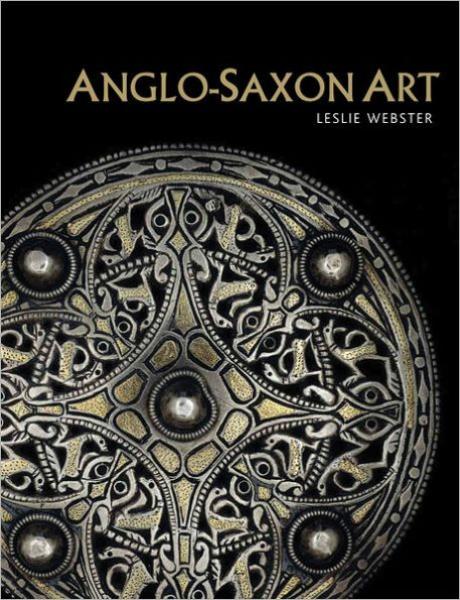Description
This is the first new introduction to Anglo-Saxon art in twenty-five years and the first book to take account of the 2009 discovery of the Staffordshire Hoard--the largest cache of Anglo-Saxon gold and silver metalwork yet found. Written by one of the leading scholars in the field and illustrated with many of the most impressive artifacts, it will be the authoritative book on the subject for years to come.
The Anglo-Saxon period in England, roughly A.D. 400-1100, was a time of extraordinary and profound cultural transformation, culminating in a dramatic shift from a barbarian society to a recognizably medieval civilization. Settled by northern European tribal groupings of pagan and illiterate warriors and farmers in the fifth century, England had by the eleventh century acquired all the trappings of medieval statehood--a developed urban network and complex economy, a carefully regulated coinage, flourishing centers of religion and learning, a vigorous literary tradition, and a remarkable and highly influential artistic heritage that had significant impact far beyond England itself. This book traces the changing nature of that art, the different roles it played in culture, and the various ways it both reflected and influenced the context in which it was created.
From its first manifestations in the metalwork and ceramics of the early settlers, Anglo-Saxon art displays certain inherent and highly distinctive stylistic and iconographic features. Despite the many new influences that were regularly absorbed and adapted by Anglo-Saxon artists and craftsmen, these characteristics continued to resonate through the centuries in the great manuscripts, ivories, metalwork, and sculpture of this inventive and creative culture. Anglo-Saxon Art--which features 150 color and black-and-white illustrations--is arranged thematically while following a broadly chronological sequence. An introduction highlights the character of Anglo-Saxon art, its leitmotifs, and its underlying continuities. Leslie Webster places this art firmly in its wider cultural and political context while also examining the significant conceptual relationship between the visual and literary art of the period.
This is the first new introduction to Anglo-Saxon art in twenty-five years and the first book to take account of the 2009 discovery of the Staffordshire Hoard--the largest cache of Anglo-Saxon gold and silver metalwork yet found.
Leslie Webster was formerly Keeper of the Department of Prehistory and Europe in the British Museum. She is an Honorary Professor at the Institute of Archaeology, UCL. She is coeditor of The Transformation of the Roman World, The Making of England, and The Golden Age of Anglo-Saxon Art.
Accessible but authoritative.... By counterpointing stylistic development and long-term coherences in social and ideological context, the author conveys with nuance the complexities of the visual and material world, the multiple messages that it embodied, and the pulse of innovation, persistence and reinvention behind artistic development..... The book is well produced on high-quality paper and illustrated throughout with excellent color photography and interpretative line drawings.... This is, then, a lively and engaging distillation of a leading scholar's expertise which is likely--and deserves--to become a standard introduction for students, a handy point of reference for academics, and a must for anyone interested in the subject.
--Christopher Scull "British Archaeology"This beautifully illustrated book fulfills its author's stated aims [of providing] 'an accessible overview that covers the entire Anglo-Saxon period, placing it within a broader cultural and historical context, and incorporating the new discoveries and new thinking of recent years.'.
-- "Choice"Webster has a smooth narrative voice as she describes imagery (e.g., zoomorphic carved decorations and the Bayeux Tapestry), cites literature (Beowulf), and explains the religious and secular importance of the era's styles. She skillfully recounts the influence of courts, churches, and conquests, and concludes with a reflection of Anglo-Saxon art's place in modern culture from the Celtic Revival to the politics of the antiquities trade. The rich images of exemplary items come from the British Museum and British Library collections.... An engaging, well-documented discussion of color, line, technique, material, themes, and influences (both political and ecclesiastical) with high-resolution color photographs of rare artifacts. A gem.
-- "Library Journal"
Product Details
- Cornell University Press Brand
- Apr 13, 2012 Pub Date:
- 0801477662 ISBN-10:
- 9780801477669 ISBN-13:
- 256 Pages
- 9.6 in * 7.5 in * 1 in Dimensions:
- 2 lb Weight:




